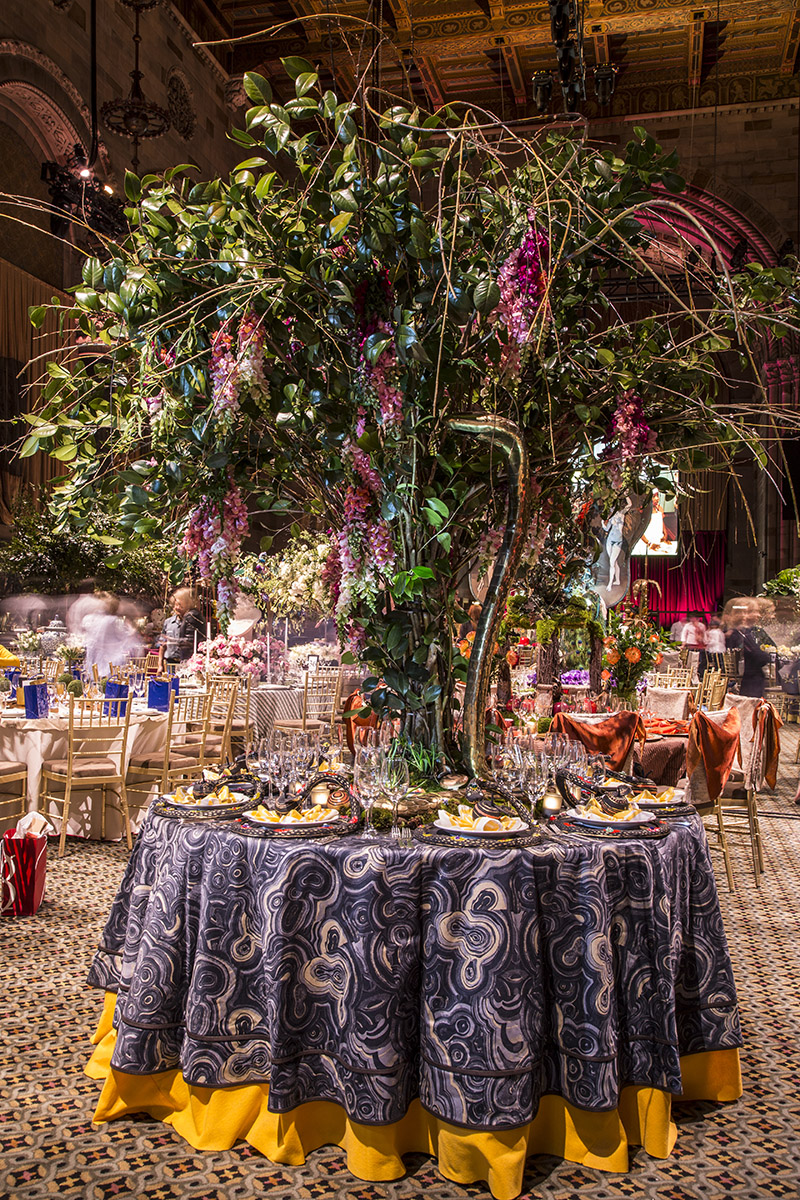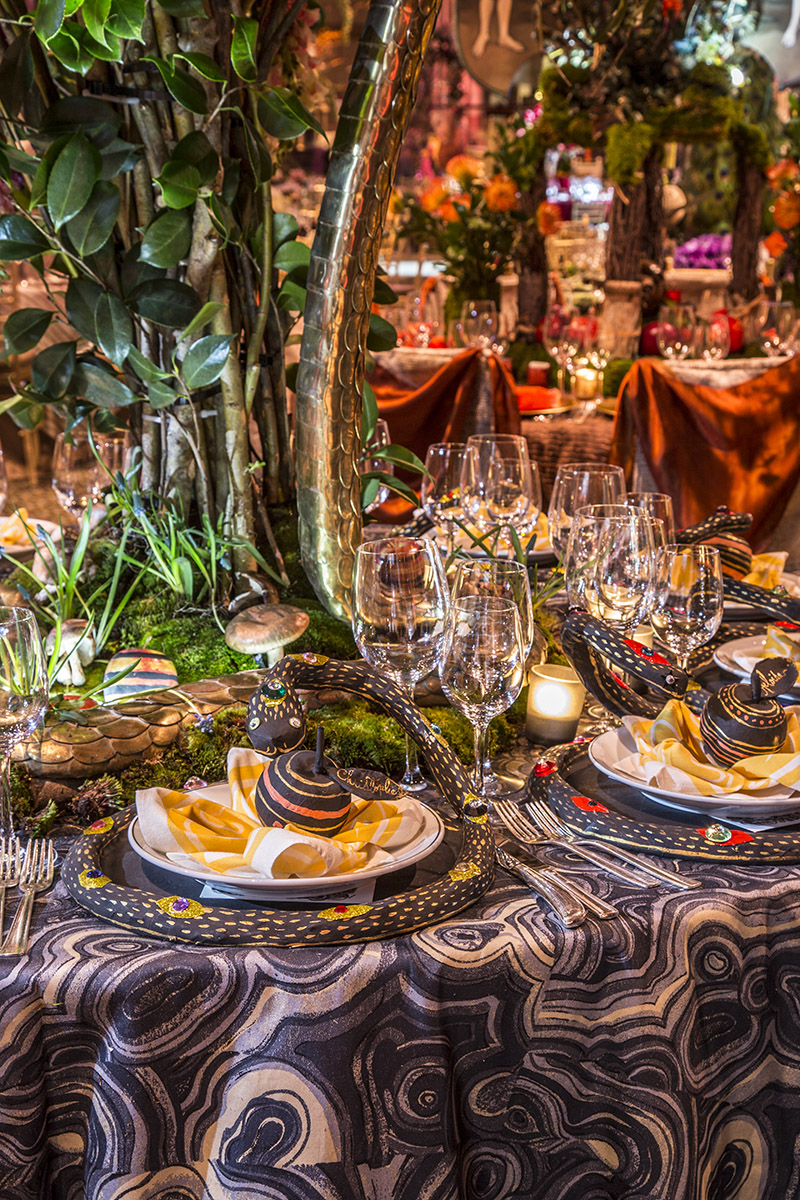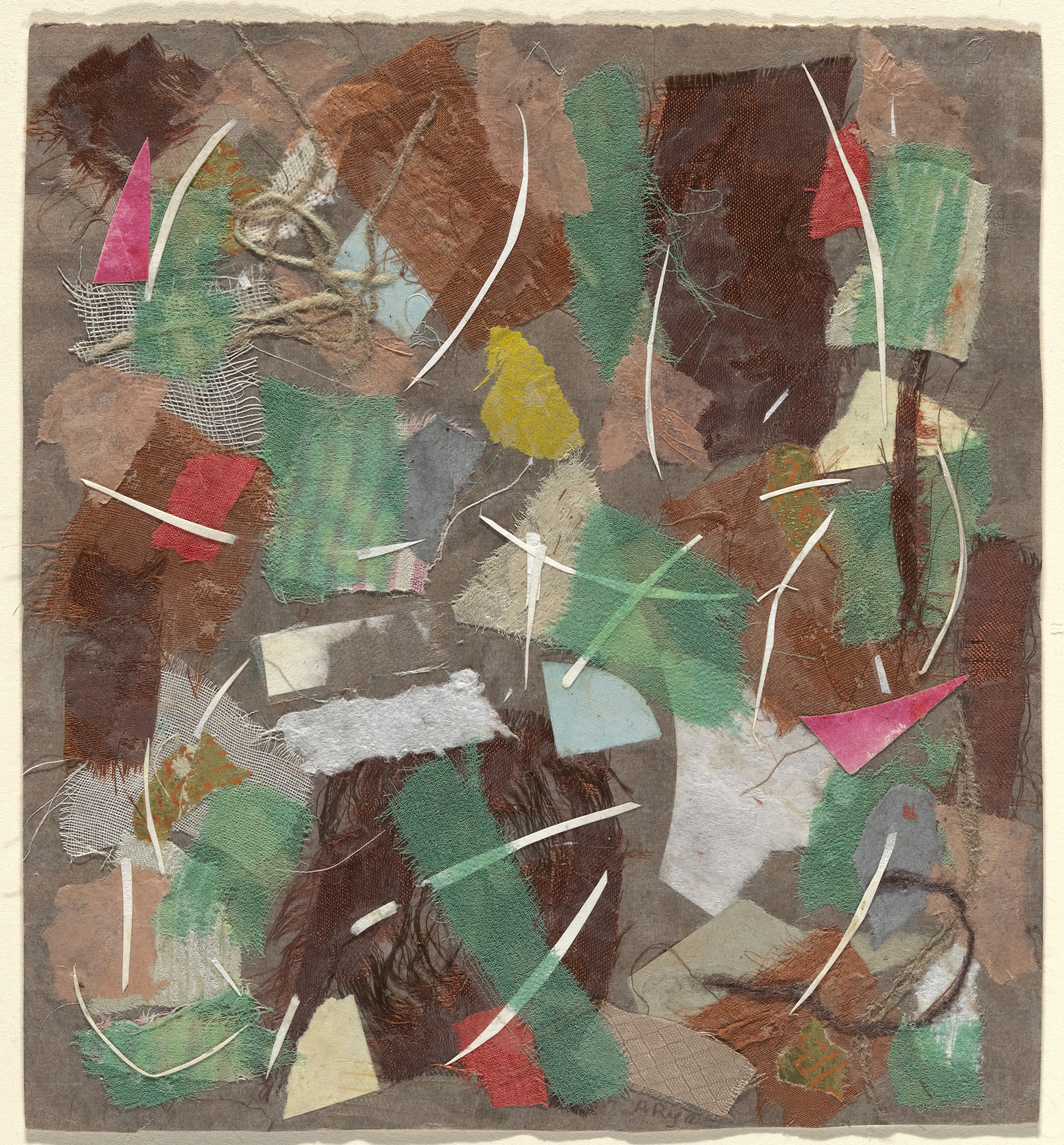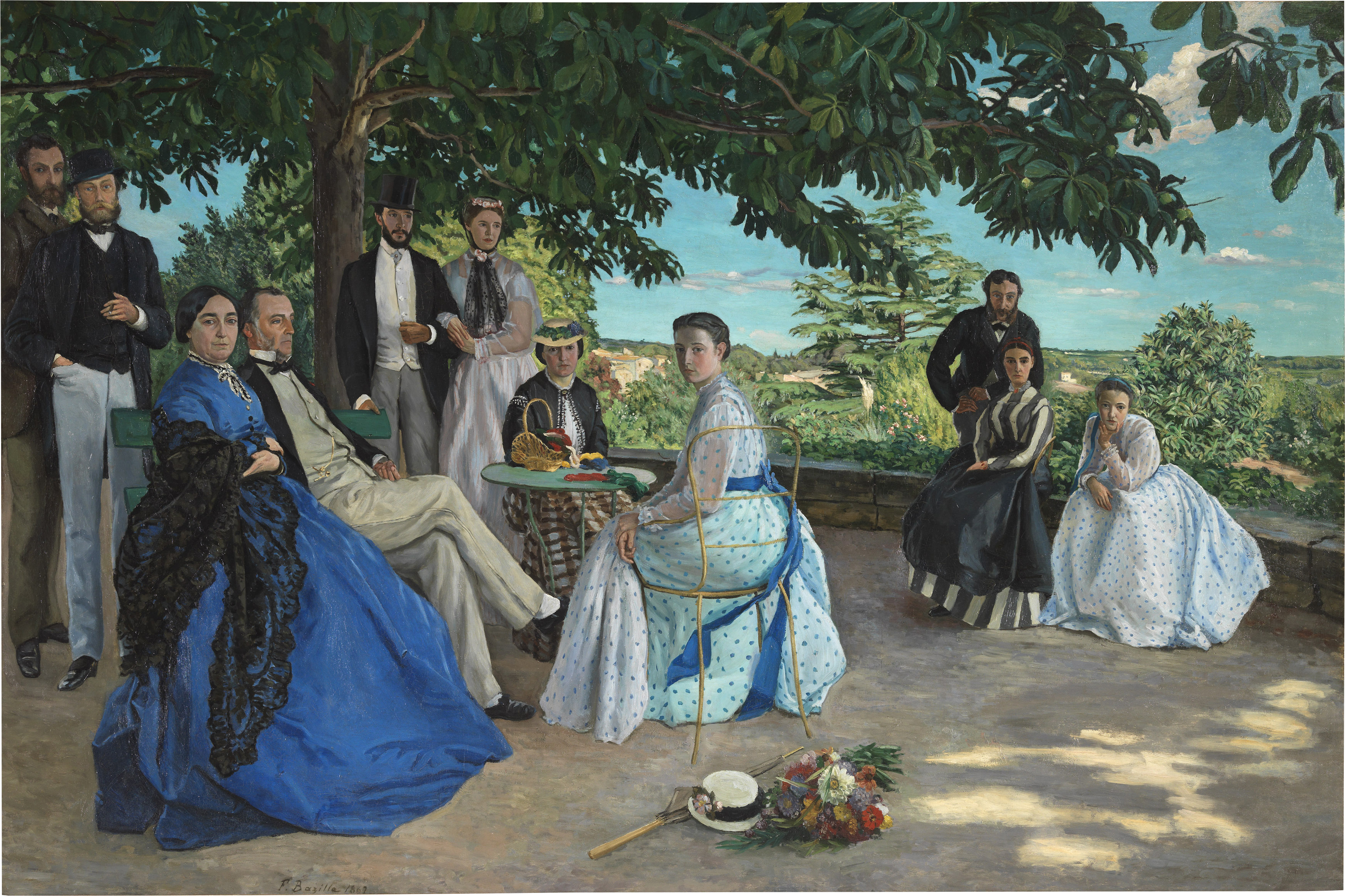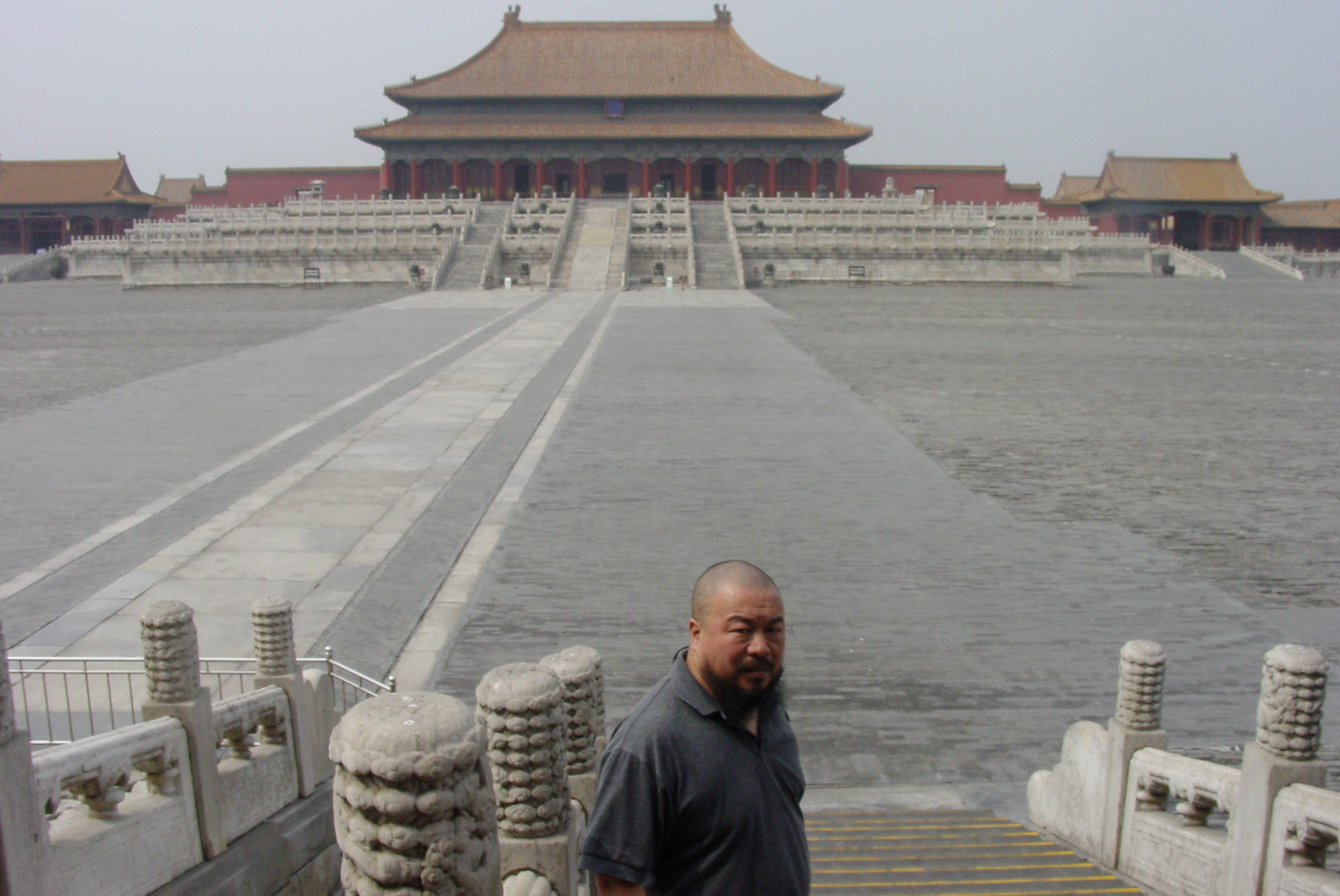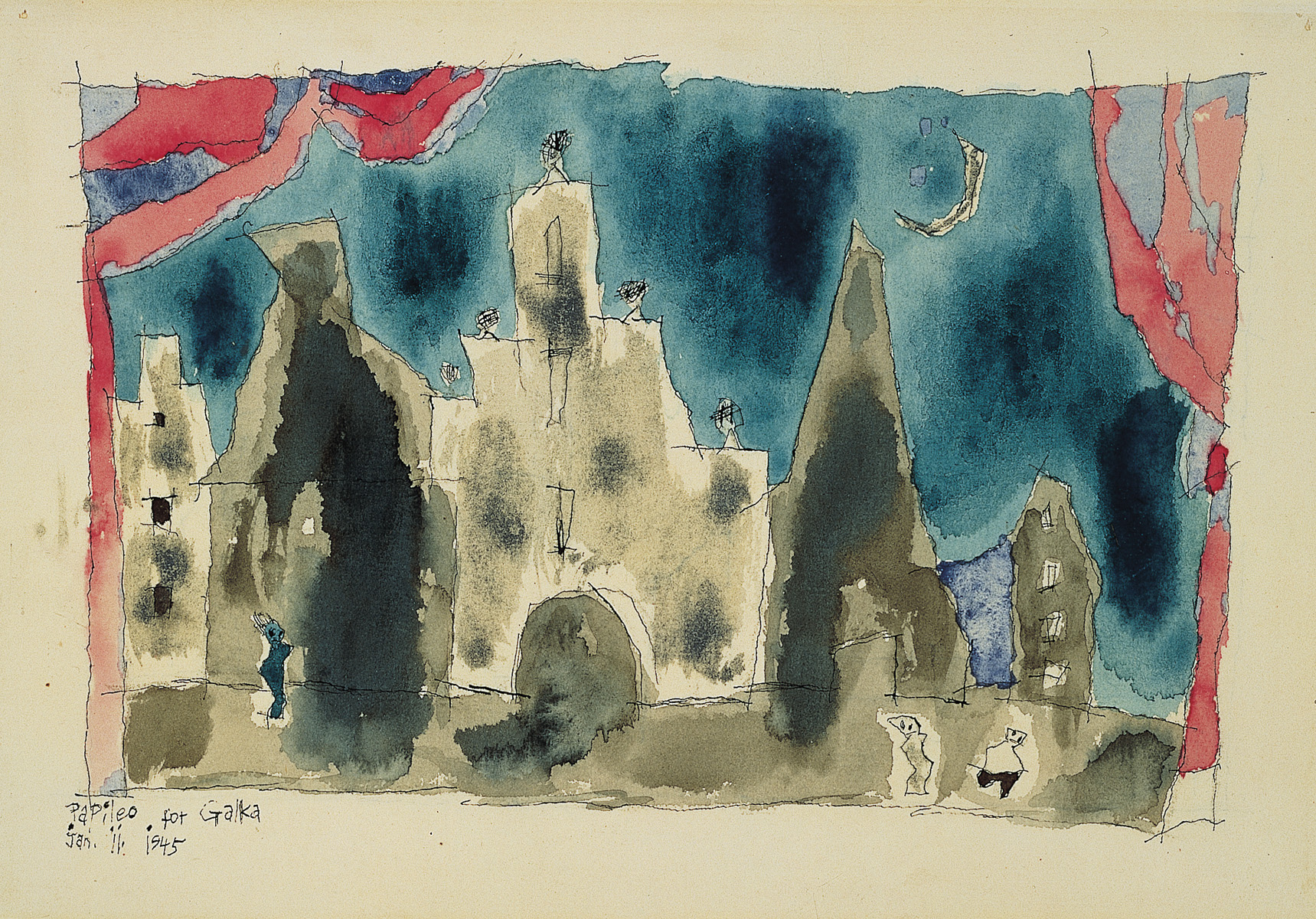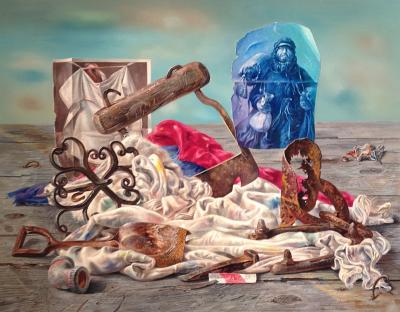This Week’s Events: 2017 Spring Gala from Lenox Hill Neighborhood House, Impressionism, Ai Weiwei & More
New York
2017 Spring Gala: “All That Glitters…”
Cipriani 42nd Street
April 18, 2017
110 East 42nd Street, New York, NY 10017
For information, call 212.218.0474 (Virginia Pitman) or visit
http://www.lenoxhill.org/fundraisingandspecialevents/
The 2017 Spring Gala, organized by Lenox Hill Neighborhood House, will honor John Manice, a longtime member of the Board, and Geoffrey Bradfield, a renowned interior designer and member of the Spring Gala Design Committee.
Expect a lavish and luminous space in keeping with this year’s theme: “All That Glitters...” Each of the 40 tables will be decorated by a different designer, including Gil Walsh Interiors, Lindroth Design Company, Roric Tobin (for Bradfield & Tobin) and Sam Allen Interiors. The Design Chairs are Lindsey Coral Harper, Alberto Villalobos, and Christopher Spitzmiller.
Bradfield, one half of Bradfield & Tobin and a regular on AD100, is known for luxurious interiors that integrate fine art and antiques; rare, lavish materials from around the globe; state-of-the-art technology; and a contemporary sensibility. This formula has won him commissions from a multitude of “silent celebrities,” aristocratic and royal families who favor discretion but demand creative design. The South African-born Bradfield was anointed “Dean of American Design” by Architectural Digest in 2005.
Making Space: Women Artists and Postwar Abstraction
The Museum of Modern Art
April 13-August 15, 2017
11 West 53 Street, New York, NY 10019
For information, call 212.708.9431 or visit https://www.moma.org/
The decades following World War II was a period of cultural upheaval, as G.I.’s came home from war and an increasing number of women took up a new profession: artmaking. A new exhibition at the Museum of Modern Art chronicles this shift, as women artists exploited a non-figurative formal language to stake a claim in the male-dominated art world. As the show illustrates, abstract paintings were not just a means to transcend national and regional narratives, but also a vehicle of empowerment for a new generation of female artists.
“Making Space: Women Artists and Postwar Abstraction”—which was organized by Starr Figura, curator in the Department of Drawings and Prints, and Sarah Meister, curator in the Department of Photography—is comprised of roughly 100 works made by women artists between the end of World War II and the advent of the Feminist movement in the late 1960s. Drawn entirely from the Museum’s collection, “Making Space” is arranged in five sections: “Gestural Abstraction,” “Geometric Abstraction,” “Reductive Abstraction,” “Fiber and Line,” and “Eccentric Abstraction.” This ambitious survey begins in the 1940s and 1950s, when women artists attempted to gain a foothold in the male-dominated domains of paintings and sculpture, and concludes in the 1960s, when women artists embraced a more radical approach, exploiting unorthodox materials to expand the boundaries of the discipline.
The museum has made a deliberate effort in recent years to expand its holdings of works produced by women artists, and this show will feature three recent acquisitions: a suite of photographs (c. 1950) by Gertrudes Altschul (1904-1962), an untitled sculpture (c. 1955) by Ruth Asawa, and an untitled work on paper (c. 1968) by Alma Woodsey Thomas.
Washington, D.C.
Frédéric Bazille and the Birth of Impressionism
National Gallery of Art
April 9-July 9, 2017
6th & Constitution Ave NW, Washington, DC 20565
For information, call 202.737.4215 or visit http://www.nga.gov/
Long before the 1874 exhibition of the Anonymous Society of Painters, Sculptors, Engravers, etc., when the “Impressionists” scandalized the cognoscenti with their fluid brushwork, there was a little-known painter named Frédéric Bazille (1841–1870).
Born into a Protestant upper middle class family in Montpellier, Bazille went to Paris with the intention of being a doctor, but he soon fell in with the artistic and literary avant-garde, befriending Édouard Manet, Henri Fantin-Latour, Emile Zola, and Zacharie Astruc. Like his friends, Bazille was a witness to modern life, producing still-lifes, realist landscapes and plein-air figural paintings in response to the dynamic cultural milieu in Paris or the more halcyon environs of his native Languedoc. His career was promising but brief: just before his twenty-ninth birthday, Bazille was killed in battle during the Franco-Prussian War.
To coincide with the 175th anniversary of the artist’s birth, the National Gallery of Art has assembled some 75 paintings, nearly three quarters of his oeuvre, that investigates his role as the aesthetic godfather of Impressionism. “Frédéric Bazille and the Birth of Impressionism,” the first exhibition dedicated to Bazille in the U.S. in twenty-five years, endeavors to situate the artist in the context of broader artistic trends by juxtaposing his works with those of predecessors (Théodore Rousseau, Jean Baptiste Camille Corot, and Gustave Courbet) and contemporaries (Manet and Claude Monet).
Chicago
#AiWeiwei
Museum of Contemporary Photography (Columbia College)
April 13-July 2, 2017
600 South Michigan Avenue, Chicago, IL 60605
For information, call 312.663.5554 or visit http://www.mocp.org
Ai Weiwei is nothing if not a provocateur, antagonizing civil authorities in his native China with flippant compositions that mock the official narrative put forward by the state-run media apparatus. His work is not restricted to any single medium, but calls on multiple disciplines—sculpture, public works, film, music, poetry, photography, and even social media—in the service of satire.
In a new exhibition at the Museum of Contemporary Photography, in Chicago, Ai is at his best: profane and unapologetic. In Study of Perspective, he is flipping the bird at the White House, bifurcating the South Lawn with a raised middle finger. The exhibition traces the development of the artist’s oeuvre from the 1980s onward, beginning with black-and-white photographs of the East Village avant-garde and proceeding to his engagement in internet-activism in response to the global refugee crisis. Ai’s brand of digital mischief is not without its risks: in 2011, he was secretly detained by Chinese authorities for eighty-one days.
Pasadena, California
Maven of Modernism: Galka Scheyer in California
April 7—September 25, 2017
The Norton Simon Museum
411 West Colorado Boulevard, Pasadena, CA 91105
For information, call 626.449.6840 or visit www.nortonsimon.org
This new exhibition at the Norton Simon Museum, in Pasadena, Calif., recounts the story of Galka Scheyer (1889-1945), a German-born patron of modernism who introduced California to the “Blue Four”—Lyonel Feininger, Alexei Jawlensky, Paul Klee, and Wassily Kandinsky. The exhibition includes a number of examples from the impresario’s private collection, which was donated to the Pasadena Art Institute in the early 1950s. Among the highlights: Jawlensky’s The Hunchback (1917), Kandinsky’s Heavy Circles (1927), and Klee’s Possibilities at Sea (1932).
Click here for our more on the groundbreaking dealer.















